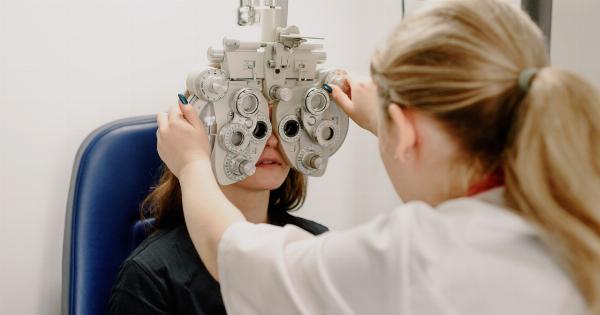Diabetes is a severe disorder that affects millions of people worldwide. In the United States alone, over 100 million people have diabetes or pre-diabetes, which is more than one-third of the total population.
One of the most common complications of diabetes is diabetic retinopathy, which is caused by high blood sugar levels damaging the tiny blood vessels in the retina. This can lead to vision loss or blindness.
Diabetic Retinopathy and Its Effects
Diabetic retinopathy is a leading cause of blindness in adults. The damage caused by high levels of blood sugar results in the formation of new blood vessels that are very fragile and can easily burst.
This bleeding can cause several problems such as blurred vision or complete blindness. Hence,Worsening diabetic retinopathy can cause severe sight loss in young people with diabetes.
Causes of Diabetic Retinopathy
Diabetic retinopathy is the result of high blood sugar levels damaging the blood vessels in the retina. The retina is responsible for processing images and sending them to the brain.
The damage from diabetic retinopathy can cause the blood vessels in the retina to swell which impedes the flow of blood to the retina and causes the death of nerve cells of retina, leading to vision loss. As the disease progresses, the blood vessels may grow abnormally and cause the development of new retinal vessels. These new vessels are very fragile, and they may rupture and bleed into the eye, causing further harm to your vision.
Symptoms of Diabetic Retinopathy
Initially, diabetic retinopathy may not have any symptoms, but as the disease progresses, the following symptoms may appear:.
- Blurred vision, specifically in the center of the eye
- Difficulty seeing at night
- Sensitivity to glare
- Colors may seem faded or washed out
- Dark spots or floating objects in your line of sight (floaters)
- Vision loss
Prevention and Treatment of Diabetic Retinopathy
The best prevention for diabetic retinopathy is to make sure your blood sugar levels are controlled properly. Other preventative measures may include:.
- Controlled blood pressure levels
- Regular eye exams
- Healthy diet with low sugar and low sodium
- Regular exercise
There are several treatment options available to those with diabetic retinopathy. The treatment options available include:.
- Laser treatment can be used to seal leaking blood vessels in the eye. This may also help prevent new blood vessels from developing.
- Medications, such as corticosteroids or anti-VEGF, may be injected into the eye to reduce swelling and prevent the growth of abnormal blood vessels.
- Vitrectomy. In severe cases, the only solution may be surgery. Vitrectomy is generally used when there is severe bleeding and/or scar tissue in the retina that needs to be removed to preserve vision.
Closing Thoughts
Overall, the key to preventing the onset of diabetic retinopathy is to ensure that your blood sugar levels are adequately managed in combination with regular eye exams.
The sooner we make diabetic people aware of the potential risks of vision problems, the sooner we can work together to protect their eyesight.


























